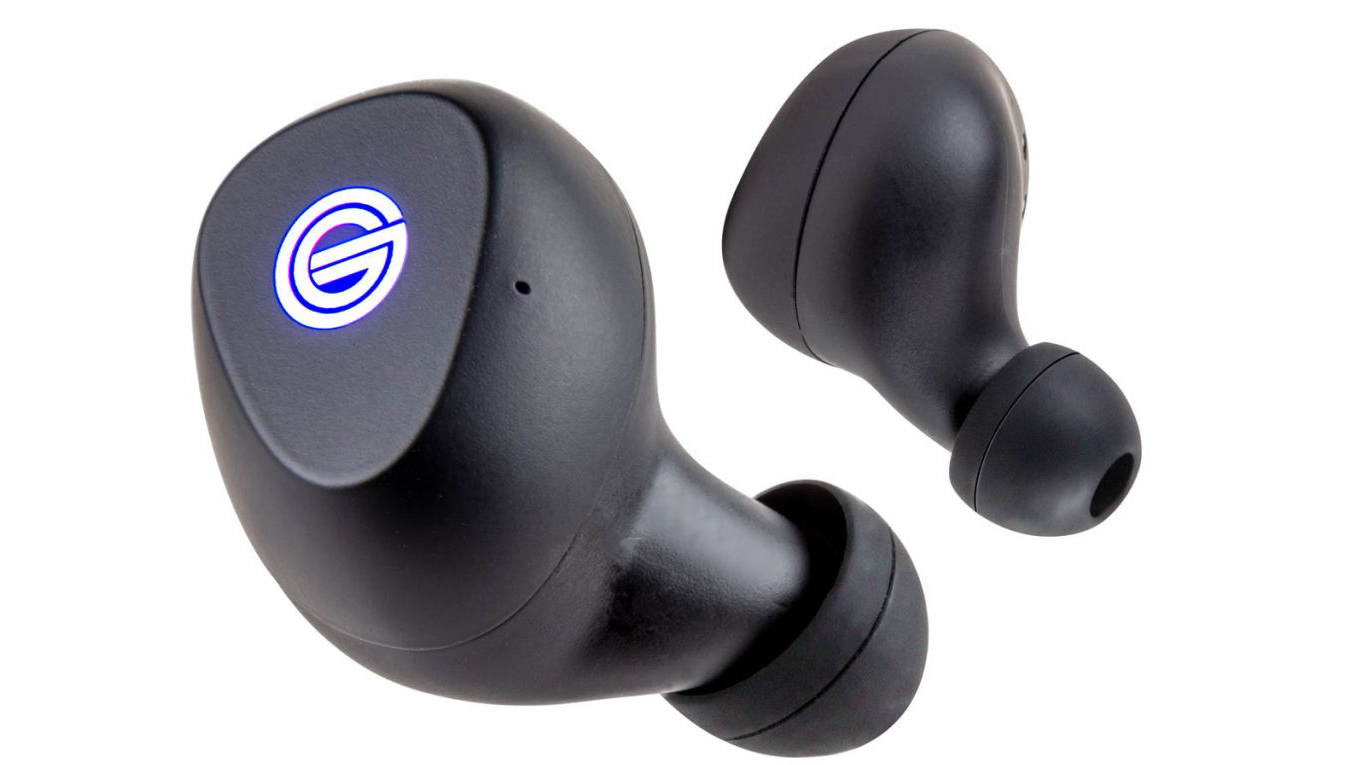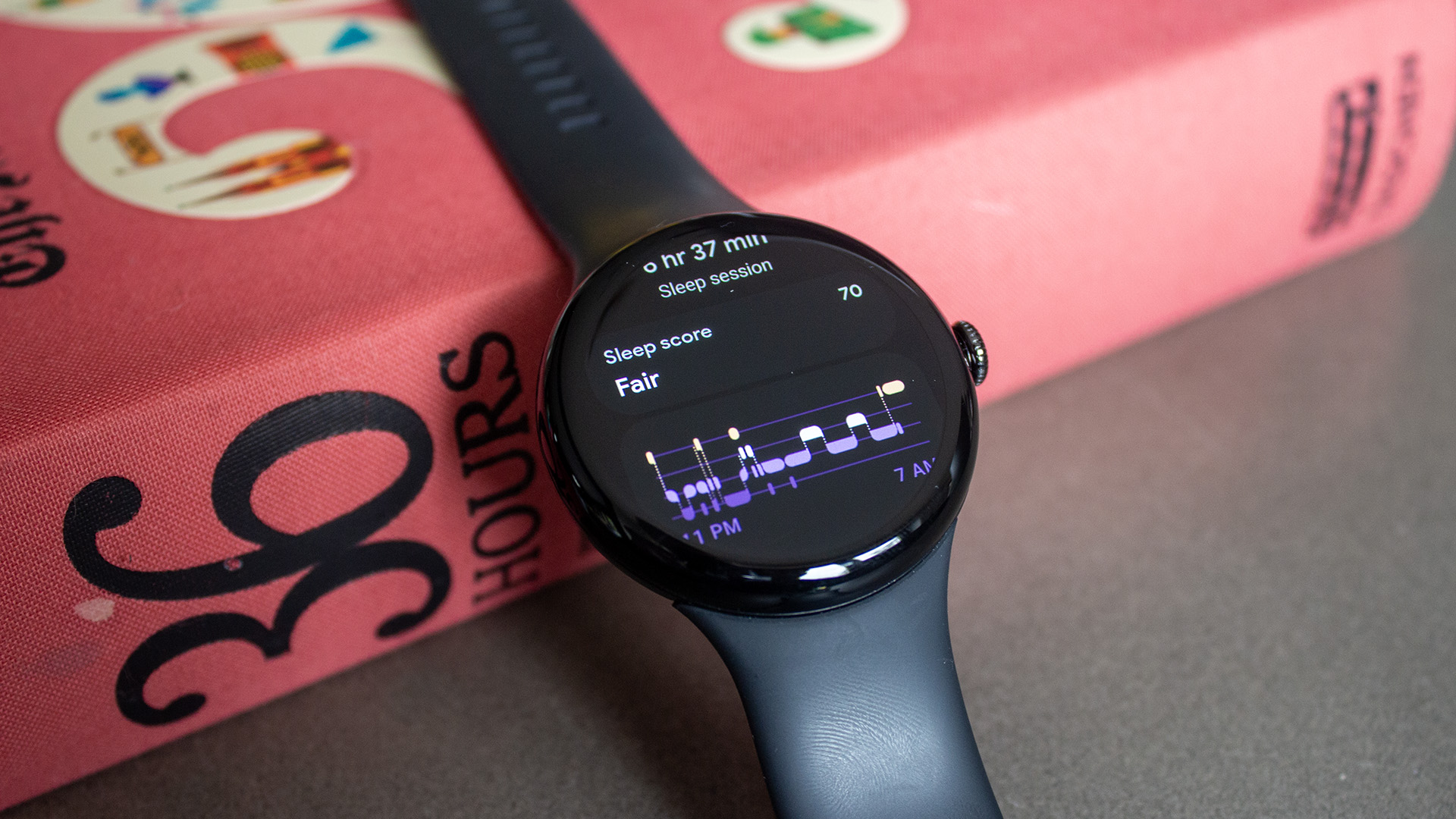Grado GT220 review: great audio quality and compact size makes a TWS winner
They’re not without their shortcomings and they certainly don’t come cheap, but as far as pure sound quality goes the Grado GT220 have nothing to apologise for


Other similarly priced true wireless in-ear will do more for you - some include active noise-cancellation, most have a control app with EQ settings, and some leave onlookers in no doubt as to how much money you’ve spent. But not many have the sonic poise, fidelity or simple musicality to equal that of these Grados.
-
+
Thrillingly informative and complete sound
-
+
Light and (eventually) comfortable
-
+
Decent battery life
-
-
No active noise-cancelling
-
-
No control app
-
-
Can be awkward to position
Why you can trust T3

The Grado GT220 review in a nutshell: I already knew that Grado had mastered over-ear headphones, but until I tried these out, I didn't know that could translate to a pair of in-ear headphones. These are small but mighty.
When it comes to which are the best true wireless earbuds, you aren't lacking in choice, there are thousands of options on the market for all sorts of needs and budgets.
So what sets these apart? Grado has pulled off the unusual extra achievement of making great-sounding buds that are as small as cheap buds. Although, alas, like many good things, these are not especially cheap.
I really enjoyed putting these to the test, and here you can find out everything I found out throughout the time I spent using them. But TWS earbuds aren't the only thing we try out at T3, to find out more you can read all about how we test.

Grado GT220 review: price and availability
The Grado GT220 are on sale now, and sell in the UK for £250. In the United States, where Grado is based and where the GT220 (like all its headphones) are built, the price is a marginally more competitive $259. Pricing in the Eurozone is yet to be confirmed, but our best guess is €279 or thereabouts.
Grado GT220 review: battery life

At the very least, that money buys competitive battery life. The earbuds themselves can hold six hours of charge, and the charging case (which is Qi-compatible, and can be wirelessly charged from any Qi-certfied pad - from ‘flat’ to ‘full’ takes around two hours) carries a further five charges. So as long as you don’t listen at oppressive volume the entire time, the GT220 should be good for around 36 hours of playback between charges. More than enough, in other words, to get you where you’re going.
Grado GT220 review: build quality and design
Anyone familiar with Grado’s extensive (and, without exception, very well-regarded) range of over-ear headphones will know that ‘design’ is not really something that happens to them. Form slavishly follows function where Grado headphones are concerned, and the same is just as true of the GT220.
Consequently, these earbuds are small by prevailing standards, light (at just 5g each) and are slightly trickier to get securely in position than they really should be. They’re supplied with a selection of eartips of varying sizes, but Grado’s insistence that the ‘twist and lock’ fitting action delivers the perfect fit in an instant is just slightly wide of the mark. Persist, though, and a snug, secure fit that provides a degree of passive noise-cancellation can be achieved.
There’s quite a large capacitive touch-surface on each earbud - it’s almost the exact size and shape of the bold ‘G’ logo that illuminates in different colours depending on what the GT220 are doing. Touch control is comprehensive, covering off ‘volume up/down’, ‘skip forwards/backwards’, ‘play/pause’, ‘answer/reject/end call’ and ‘summon voice assistant’. Siri and Google Assistant are both available here, and a mic in each earbud ensures crisp call quality and unequivocal voice assistant interaction.
Both the charging case (which is a reasonably trifling 42g) and the earbuds look and feel completely prosaic - which is to say they don’t really shout “I cost £250!”. No doubt the anonymity of the looks will appeal to some folks more than the rather ostentatious alternatives from the likes of Bose, Sennheiser and Sony - but if you’re ‘perceived value’ means a lot to you, you’re going to have to peer quite hard to perceive any here.
On the inside, each earbud is fitted with an 8mm full-range polyethylene terephthalate driver that delivers a claimed frequency response of 20Hz - 20kHz. Connectivity is via aptX Bluetooth - that’s good enough to high-resolution files on board without any alarms, but at this sort of money it’s not unreasonable to have expected aptX HD or even aptX Adaptive. Still, why ask for the moon when we have the stars?

Grado GT220 review: sound quality
It’s at this point that any low-temperature bleating about how the GT220 don’t look or feel quite the money’s-worth, or about the lack of a control app, or the lack of active noise-cancelling, or the less than cutting-edge nature of aptX Bluetooth, can safely be dismissed as irrelevances. No matter the quality of the digital file you serve to them, the Grado GT220 sound simply outstanding.
Of course, like most true wireless in-ear headphones, the GT220 do their best work with a nice big, information-rich digital file. But unlike quite a few true wireless in-ear headphones, these Grados don’t throw in the towel or throw up their hands when confronted by some ordinary, Spotify-style content either. No matter the standard of the digital file they receive, the GT220 are never less than a completely absorbing listen.
So complete is the GT220 sound, it’s difficult to know where to start. Perhaps we should begin with detail levels: they’re stratospheric. There’s just no nuance that’s too subtle or too transient to escape the GT220’s attention - they don’t overemphasise and they don’t understate, they just put every occurrence in the music into proper context. Even if it’s as fleeting as the squeak of a finger on a fretboard or as minor as the off-mic inhalation of a singer preparing to launch into the next note, the Grados include it. Which is how they establish such a vivid and convincing overall sound.
They’re just as accomplished when it comes to tonality. Bass sounds are deep, textured and, yes, packed with detail - but they’re not overstated. Some less capable in-ear headphones like to ramp up the low-frequency action in an attempt to generate a little ‘excitement’, but the Grados keep their bass controlled and realistic. The opposite end of the frequency range is equally well judged, with bite and shine to treble sounds but never a hint of harshness. There’s plenty of attack to the top end of the GT220, but even at considerable volume it never threatens to become hard.
But it’s in between these two extremes that the Grados are perhaps at their most impressive. Vocalists are described with all their character and idiosyncracy intact, all the secrets of their technique revealed and every scrap of information accounted for. The more emotive a singer, the more moving they sound through the GT220, while even the less accomplished never sound less than committed.
All of this torrential communication takes place on a big, wide and rigorously defined soundstage. The position of instruments relative to each other is made explicit, and there’s lovely unity to the Grado sound, even though the earbuds allow each individual aspect of a recording the necessary elbow-room to express itself.
And in every other respect, the GT220 are never less than stirring. They handle big dynamic variations with ease, and their prodigious detail levels allow them to describe harmonic variances just as fully. They can do ‘small-scale and intimate’ just as happily as big orchestral set-pieces, and in any circumstances they offer more insight into the make-up of a recording than any other pair of true wireless headphones currently available. They’re a profoundly impressive listen.
Sign up to the T3 newsletter for smarter living straight to your inbox
Get all the latest news, reviews, deals and buying guides on gorgeous tech, home and active products from the T3 experts
Simon Lucas is a freelance technology journalist and consultant, with particular emphasis on the audio/video aspects of home entertainment. Before embracing the carefree life of the freelancer, he was editor of What Hi-Fi? magazine and website – since then, he's written for titles such as Wired, Metro, the Guardian and Stuff, among many others. Should he find himself with a spare moment, Simon likes nothing more than publishing and then quickly deleting tweets about the state of the nation (in general), the state of Aston Villa (in particular) and the state of his partner's cat.
-
 Garmin’s on a mission to update your wrist into oblivion as 100+ tweaks land on Fenix and Enduro watches
Garmin’s on a mission to update your wrist into oblivion as 100+ tweaks land on Fenix and Enduro watchesThe latest beta update looks comprehensive
By Matt Kollat Published
-
 Apple TV+'s beloved sci-fi series gets a surprise sequel and trailer
Apple TV+'s beloved sci-fi series gets a surprise sequel and trailerWondla is coming back
By Max Freeman-Mills Published
-
 Google Pixel Watch 3 just got a potentially life-saving update in the US
Google Pixel Watch 3 just got a potentially life-saving update in the USThe latest update brings advanced heart monitoring to American wrists
By Matt Kollat Published